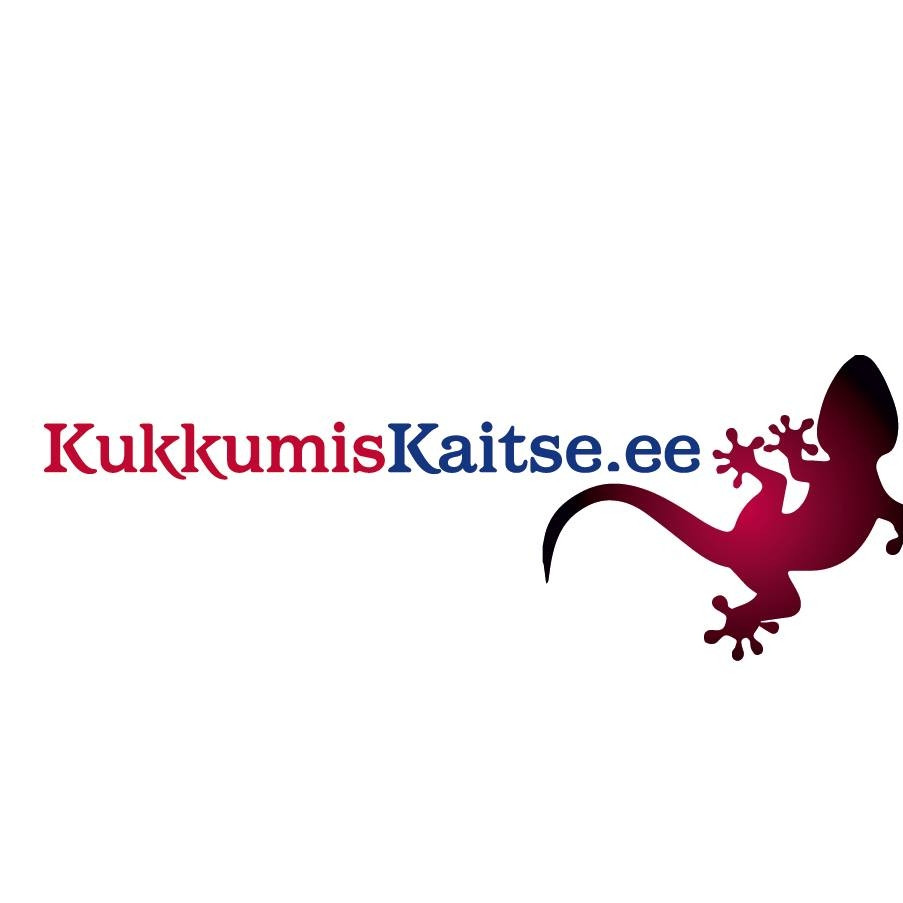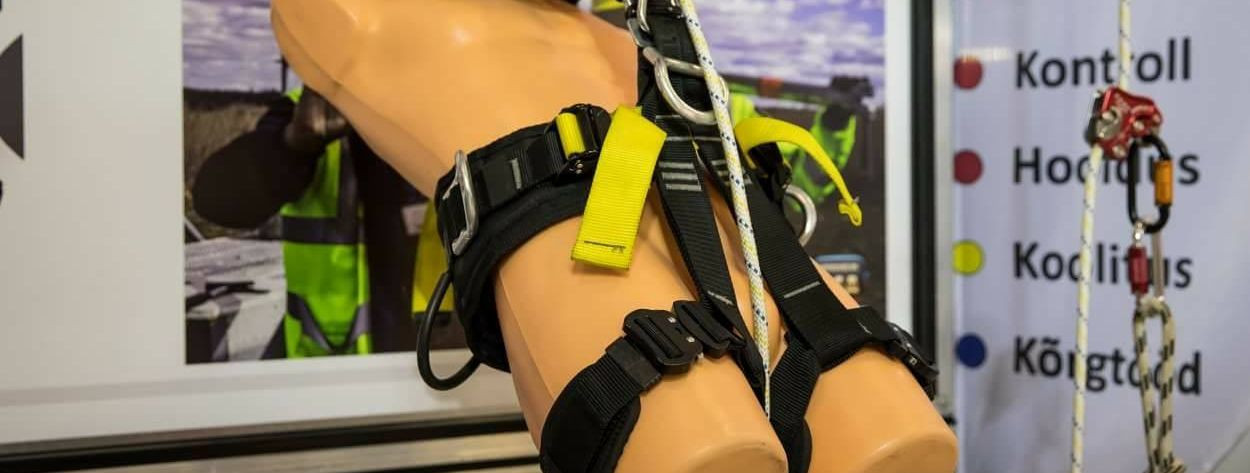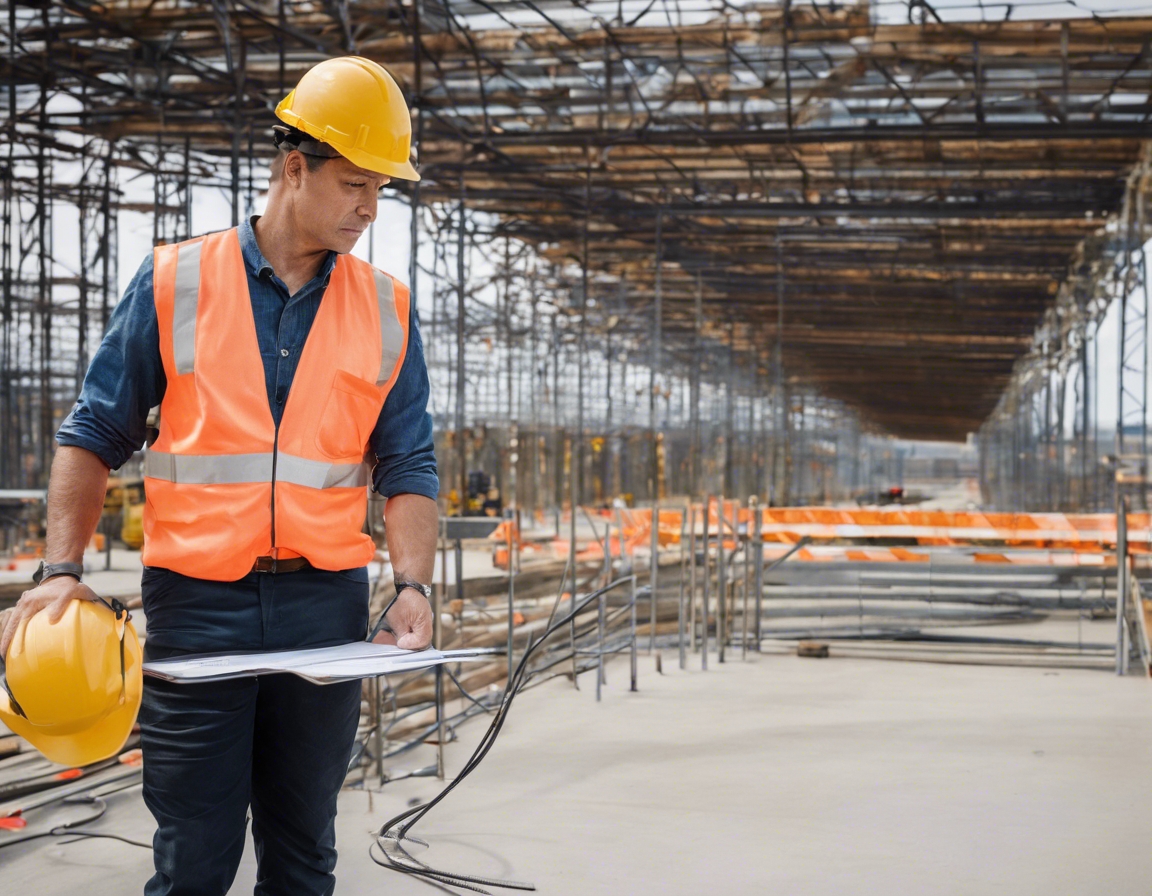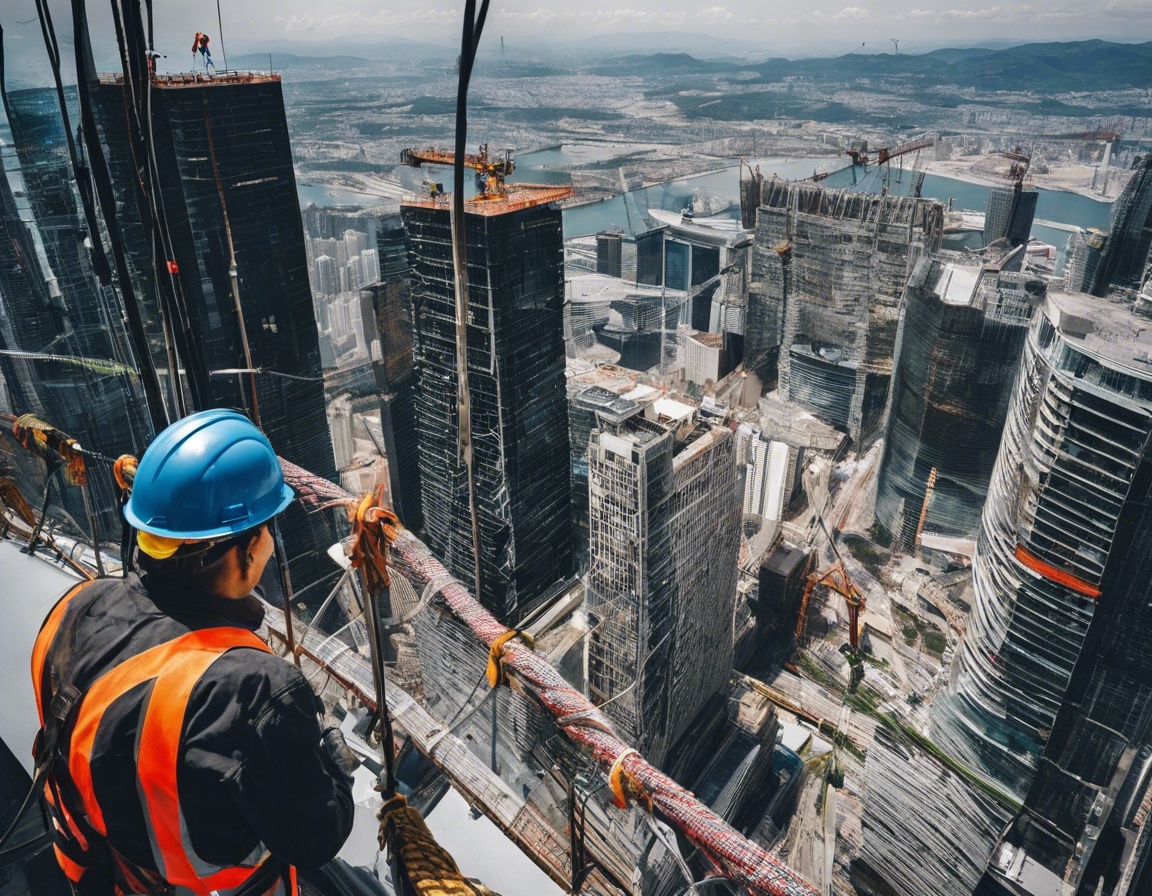Understanding the importance of regular safety inspections
Safety inspections are systematic assessments conducted to ensure that work environments adhere to safety standards and regulations. These inspections are crucial for identifying potential hazards that could lead to accidents or injuries. The primary purpose of safety inspections is to prevent workplace incidents before they occur, ensuring a safe and healthy environment for employees.
Risk management is an integral part of any safety program. Regular safety inspections play a vital role in identifying and mitigating risks, thereby protecting both employees and the company from the consequences of workplace accidents.
The Impact of Regular Safety Inspections
Conducting regular safety inspections is one of the most effective ways to prevent workplace accidents and injuries. By proactively identifying and addressing potential hazards, companies can significantly reduce the likelihood of incidents occurring.
Regular safety inspections ensure that a company remains compliant with legal obligations and industry standards. This compliance is not only crucial for avoiding fines and legal repercussions but also for maintaining a company's reputation within the industry.
A safe work environment boosts employee morale and productivity. Workers are more likely to be engaged and motivated when they feel that their safety is a priority.
Key Elements of an Effective Safety Inspection
The first step in any safety inspection is to identify potential hazards. This involves a thorough examination of the workplace to spot any conditions that could potentially cause harm.
Once potential hazards are identified, the next step is to assess the level of risk associated with each hazard. This assessment helps prioritize which hazards require immediate attention.
Identifying and assessing risks is only part of the process; implementing corrective actions to mitigate these risks is essential. This may involve making physical changes to the work environment, updating safety protocols, or providing additional employee training.
Best Practices for Conducting Safety Inspections
Consistency is key when it comes to safety inspections. Establishing a regular schedule ensures that inspections are conducted systematically and that safety remains a continuous priority.
Qualified safety inspectors are essential for conducting effective inspections. These individuals should have the necessary expertise and experience to identify hazards and recommend appropriate corrective actions.
For safety inspections to be truly effective, they must be part of a broader culture of safety awareness within the company. This involves educating employees about the importance of safety and encouraging them to be proactive in identifying and reporting potential hazards.
Technological Advancements in Safety Inspections
Software solutions have become increasingly important in managing and conducting safety inspections. These tools can help streamline the inspection process, making it more efficient and effective.
Emerging technologies, such as drones and wearable devices, are beginning to play a role in safety inspections. These tools can provide new perspectives on workplace safety and help identify hazards that might otherwise go unnoticed.






Comments (0)